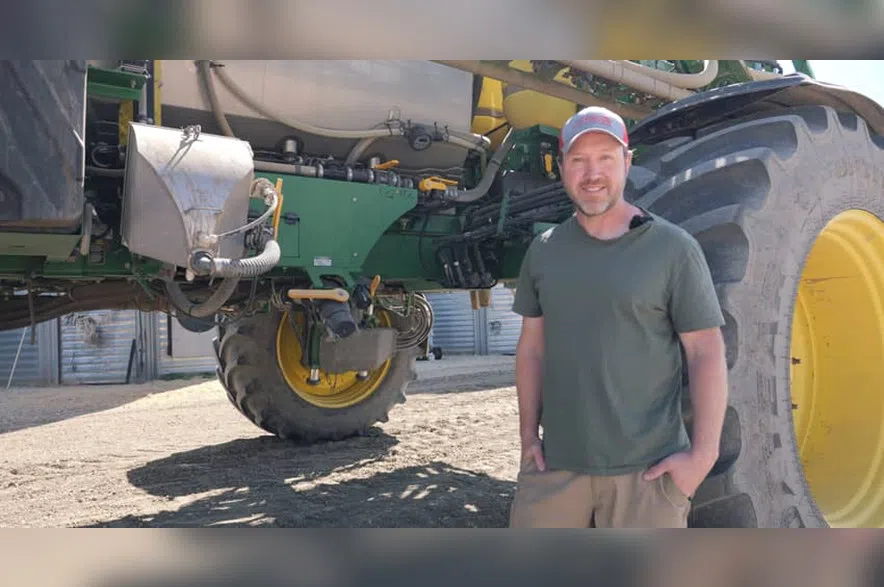By Amber Bell
This story was first published on RealAgriculture.com on June 16, 2025.
Looking to cut down on chemical handling, speed up fills, and switch between crops without full tank rinses?
One Saskatchewan farmer is finding that onboard chemical storage with direct injection can make solo spraying safer, faster, and far more efficient.
Read More:
- Wildfire smoke shapes weather patterns, and not for the better
- Wildfire smoke could impact freshly seeded Saskatchewan crop
- FCC commits $2 billion to bolster Canadian food and ag innovation
Managing long spraying days across thousands of acres means every minute saved matters, and Carl DeConinck Smith says in this episode of RealAgriculture’s Canola School that onboard chemical storage with direct injection has made this a lot easier.
Farming near Darcy, Saskatchewan, DeConinck Smith runs a 13,000-acre mixed farm with cereals, canola and pulses. He said his sprayer setup includes a direct-injection system that can carry up to 800 litres of chemical, making it possible to spray 800 acres without needing a chemical trailer.
“The real big benefit is switching from crop to crop… you don’t have to do a tank rinse,” said DeConinck Smith.
That flexibility has proven especially valuable during busy transitions, such as late seeding or in-crop weed control, where speed and simplicity are key.
He said the system isn’t necessarily about saving chemical, but it significantly reduces labour and handling.
“It just makes it a lot easier during the day, and it’s also safer too,” he said. “You’re not handling the chemical all day long.”
With fewer tank rinses, faster fills and safer handling, direct injection may not be widely adopted yet — but on farms like this, it’s already proving its worth.










